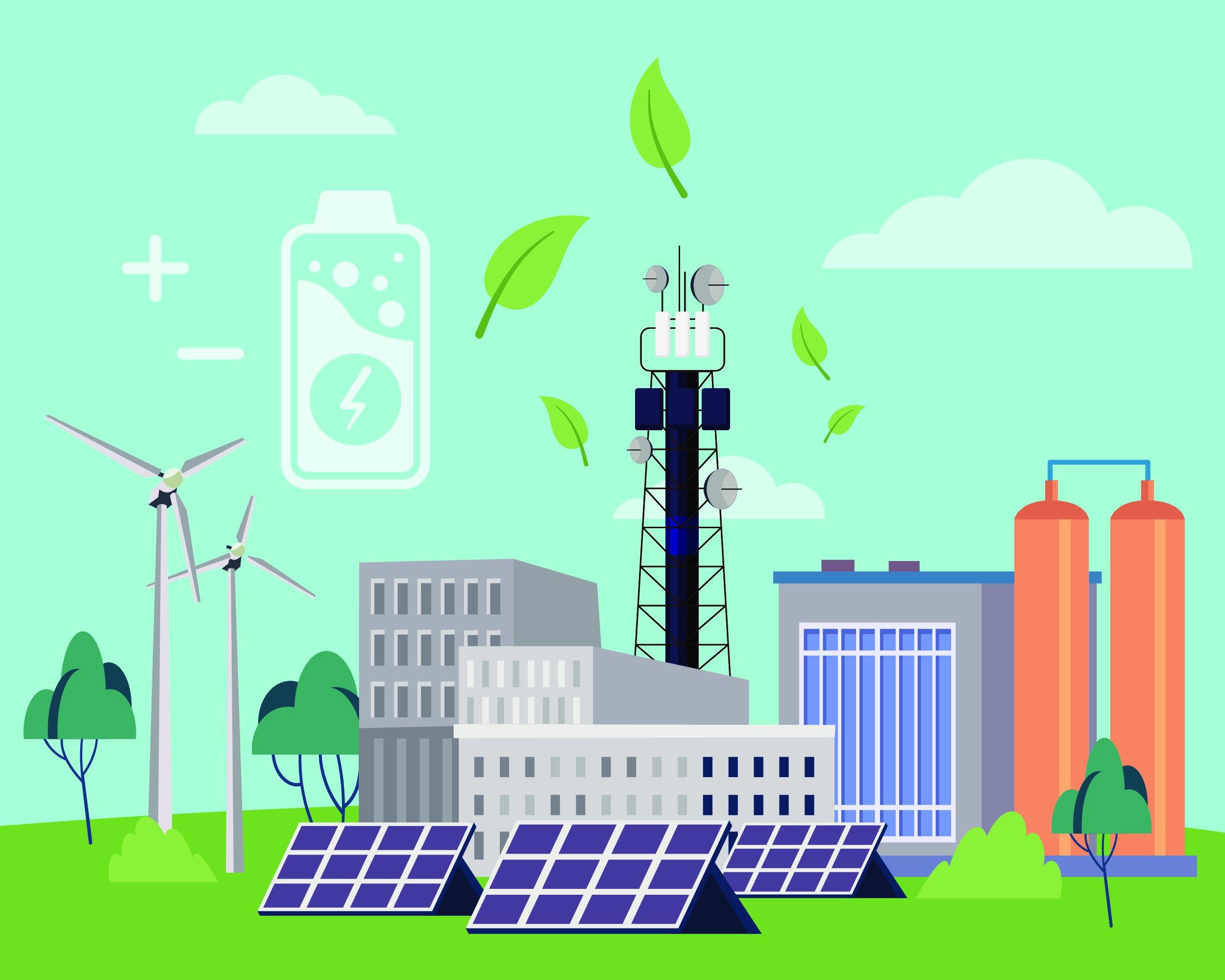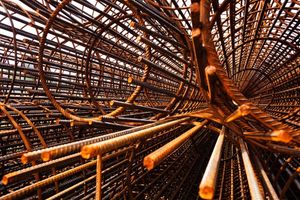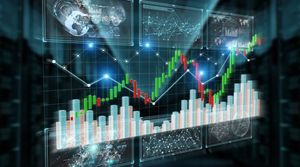 (NewsUSA)
(NewsUSA) - We are in an era of unprecedented energy demand growth, driven in large part by the rise of artificial intelligence, the rapid expansion of data centers and an unprecedented increase of American manufacturing. Clean energy is now the fastest-growing source of new power in the U.S., and meeting this rising demand will require a diverse, reliable mix of energy resources.
- We are in an era of unprecedented energy demand growth, driven in large part by the rise of artificial intelligence, the rapid expansion of data centers and an unprecedented increase of American manufacturing. Clean energy is now the fastest-growing source of new power in the U.S., and meeting this rising demand will require a diverse, reliable mix of energy resources.
Advancing clean energy technologies is not just about meeting that demand with affordable, dependable power. It’s also about revitalizing local economies and bringing back American jobs by expanding supply chains here at home. By building solar panels, wind turbines and grid-scale batteries domestically, we strengthen America’s energy security, support good-paying jobs, and fuel the nation’s economic growth.
For our industry, this is not a new effort—it’s a renewed commitment to American manufacturing strength, innovation and global competitiveness.
Today, there are nearly 200 manufacturing facilities across the U.S., producing primary clean energy components for wind, solar, and energy storage projects. These are responsible for over 120,000 manufacturing-related jobs. Since 2022, 90 new or expanded clean energy manufacturing sites have started operations. And the momentum is only growing: 159 additional facilities are currently under construction or in development, expected to deliver another 130,000 American manufacturing jobs.
Just like any other modern sector, building a domestic supply chain doesn’t happen overnight. Delivering on this historic reshoring of manufacturing requires policy certainty. Clean energy manufacturers have seen up close the unintended consequences that Washington, D.C.’s whiplash of policy actions can have on local communities trying to revitalize their economy as they support American manufacturing and energy growth. Stable, consistent regulations give businesses the confidence to commit billions of dollars in capital investments, expand operations, hire American workers and partner with local businesses. It’s this policy stability that will allow our domestic clean energy manufacturing sector to reach its full potential.
For example, trade policy and tariffs require a strategic approach with clear timelines to allow continued certainty for American consumers, businesses and our economy. Tariffs understandably have their place as a policy tool to carry out macroeconomic policy, but if used, must be carefully timed and implemented with clear pathways that give U.S. manufacturers and suppliers the runway needed to invest and scale up.
The buildout of America’s clean energy supply chain represents far more than just new factories — it’s about energy security, economic opportunity, and a sustainable future powered by innovation built right here at home. Whether it’s solar panels produced in Ohio, steel wind towers in New Mexico, undersea cables in Virginia, or advanced batteries in West Virginia, this clean energy manufacturing renaissance can lift communities across the nation. It’s a uniquely American opportunity — and it’s abundant.





